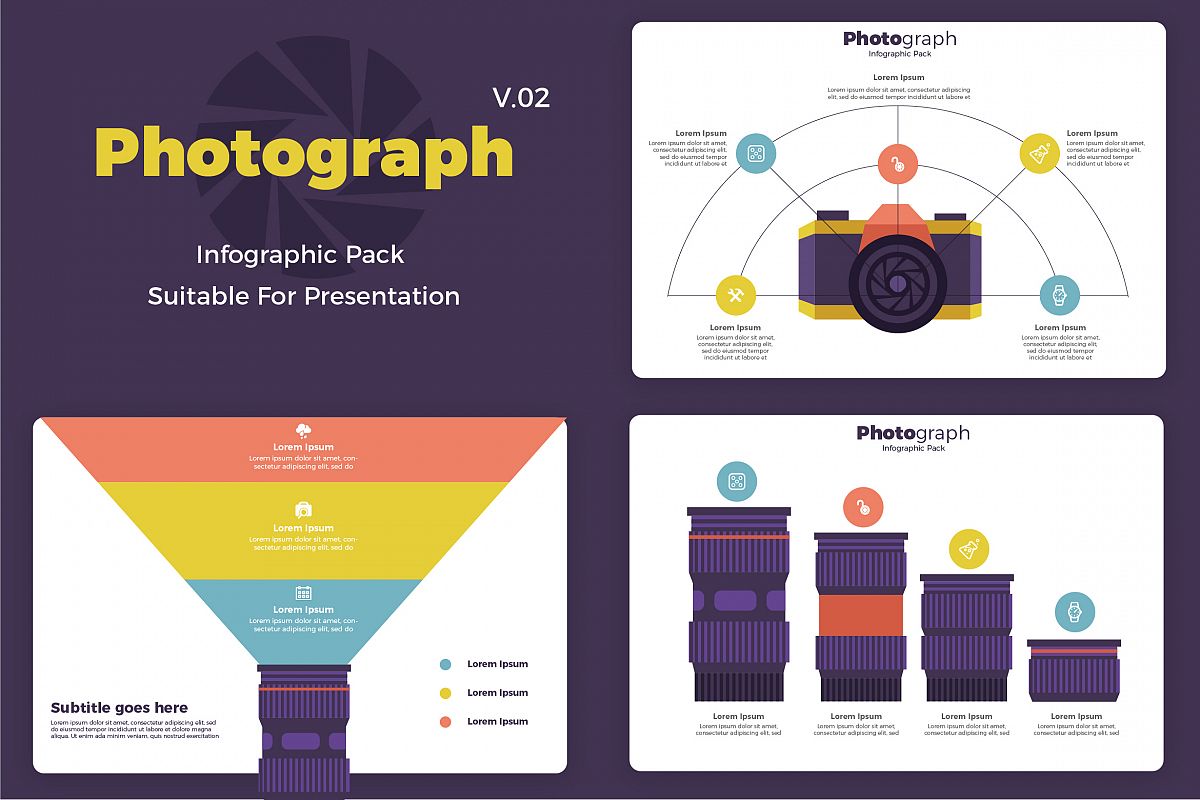Join Us To Uncover Crucial Digital Photography Pointers That Will Certainly Open Your Camera'S Possibility-- Prepare To Capture Magnificent Photos In No Time!
Join Us To Uncover Crucial Digital Photography Pointers That Will Certainly Open Your Camera'S Possibility-- Prepare To Capture Magnificent Photos In No Time!
Blog Article
https://www.liveinternet.ru/users/dowling_breen/post509027382 -Lindgreen Bryant
When you first grab your electronic camera, it can really feel overwhelming with all the settings and options readily available. You may find yourself asking yourself just how to navigate aperture, shutter rate, and ISO properly. Grasping these principles is important, however there's more to digital photography than simply technical knowledge. Comprehending structure techniques and lighting problems can elevate your photos dramatically. So, what happens if you could learn basic techniques to improve your skills and start capturing outstanding photos sooner than you think? Allow's check out how to transform your photography journey.
Comprehending Video Camera Settings
Recognizing your camera settings is vital for catching spectacular pictures. When you pick up your camera, familiarize yourself with the three major settings: aperture, shutter rate, and ISO. Each plays a vital function in exactly how your pictures turn out.
Start with aperture, which manages the quantity of light getting in the lens. https://telegra.ph/Open-Your-Mind-To-A-Globe-Of-Cutting-Edge-Digital-Photography-Ideas-That-Challenge-Conventions-And-Inspire-Creative-Thinking-Exp-01-08 (lower f-number) lets in extra light and develops a stunning history blur, best for portraits. On the other hand, a narrower aperture (greater f-number) maintains even more of the scene in emphasis, suitable for landscapes.
Next off, concentrate on shutter speed. This setup determines for how long your electronic camera's sensor is exposed to light. A fast shutter rate freezes movement, which is fantastic for action shots, while a slow-moving shutter speed can develop sensational results like smooth water in landscapes.
Lastly, change your ISO. This setup influences your camera's level of sensitivity to light. A greater ISO is useful in low-light situations yet can present noise or grain. Aim for the most affordable ISO possible while still accomplishing appropriate exposure.
Make-up Strategies
When you're out capturing, composition can make all the distinction in just how your photos resonate with viewers. Start by using the guideline of thirds; imagine your framework separated right into 9 equivalent areas with 2 horizontal and 2 upright lines. Setting crucial elements along these lines or at their crossways to develop balance and interest.
Next, consider leading lines. These all-natural lines in your scene, like roadways or rivers, attract the viewer's eye right into the photo, directing them via the tale you're informing.
Do not forget framing; usage elements within your scene, like trees or windows, to develop a frame around your subject, adding deepness and emphasis.
Likewise, watch on your background. A chaotic background can sidetrack from your primary subject, while an easy one aids it stand apart.
Lastly, experiment with symmetry and patterns; they can create a striking image that records attention.
Mastering Lights Conditions
Grasping illumination problems is critical for recording spectacular photographs, as the right light can transform a normal scene into something phenomenal.
Begin by observing all-natural light at various times of the day. Company headshots and late afternoons provide the best light, called the golden hour. The soft, cozy tones throughout these times can enhance your pictures wonderfully.
Do not shy away from cloudy days either; diffused light can reduce rough shadows and produce a pleasing effect, particularly for portraits.
Experiment with backlighting by placing your topic versus the source of light. This technique can create a wonderful halo impact and add depth to your images.
Take notice of your camera settings as well. Adjust the ISO, aperture, and shutter rate to match the illumination conditions. A higher ISO can assist in reduced light, however be cautious of grain.
Use a tripod in darker environments to stay clear of blur.
Finally, do not neglect fabricated lighting. Flash and constant lights can be excellent tools for managing light in tough problems.
Final thought
To conclude, grasping your cam doesn't have to be overwhelming. By recognizing your setups, using make-up techniques, and using the power of natural light, you'll rapidly raise your digital photography skills. Keep in mind, practice makes ideal, so go out there and try out your newfound knowledge. With time and commitment, you'll be capturing spectacular pictures that mirror your distinct perspective. Enjoy the trip, and do not neglect to have fun while you go to it!
